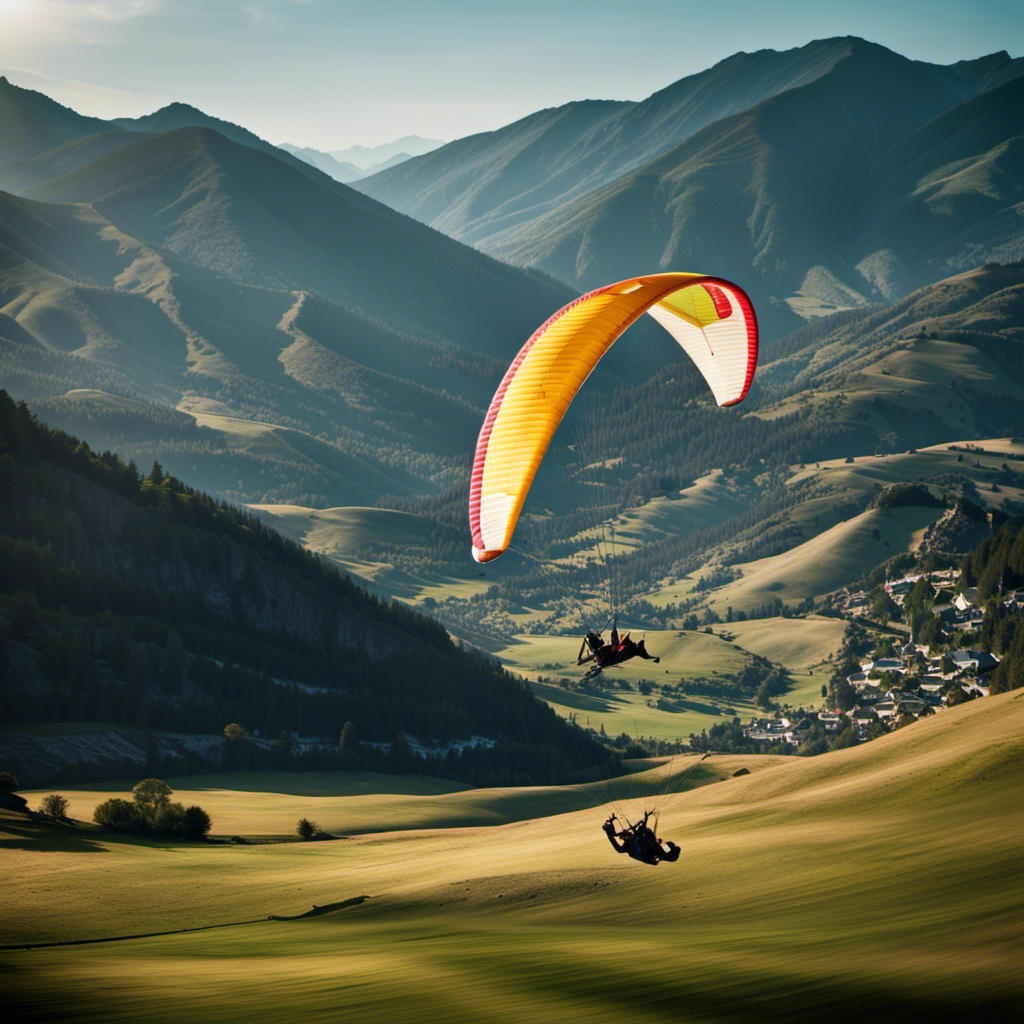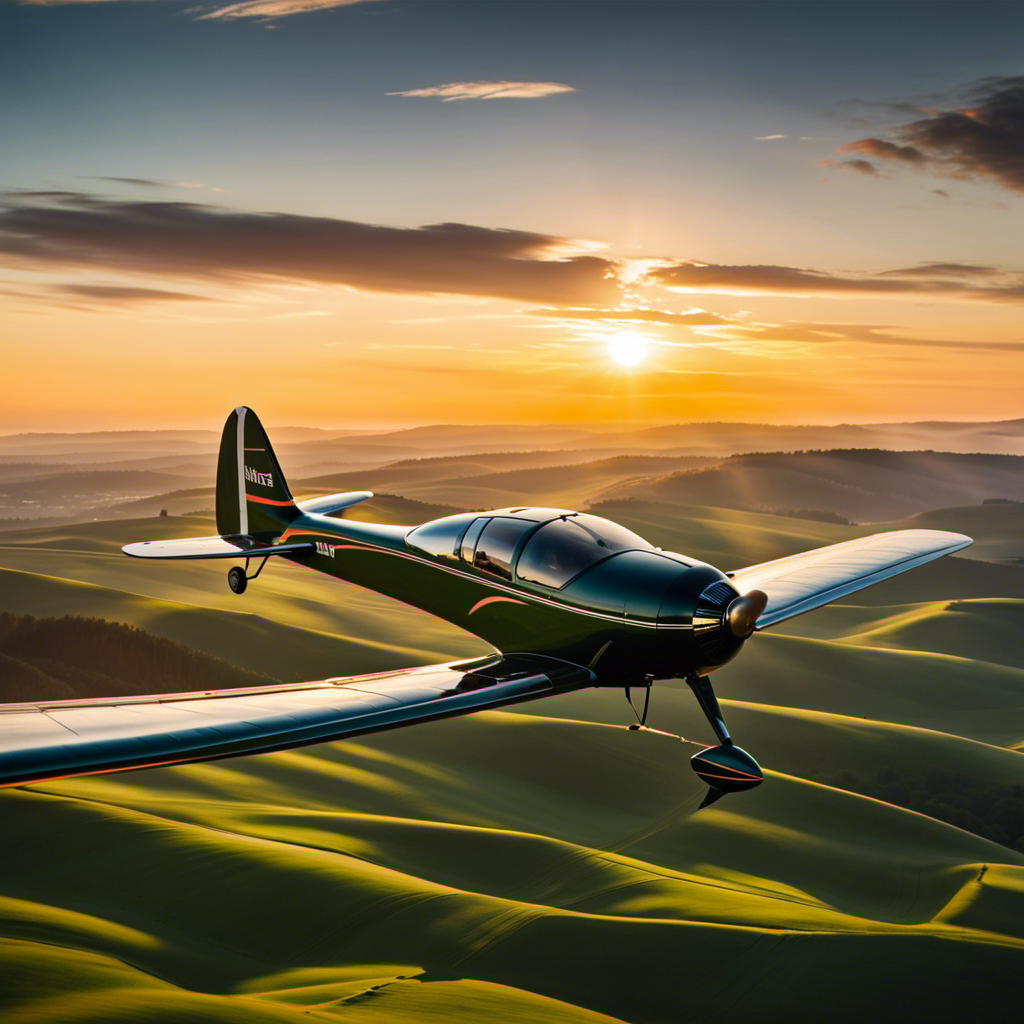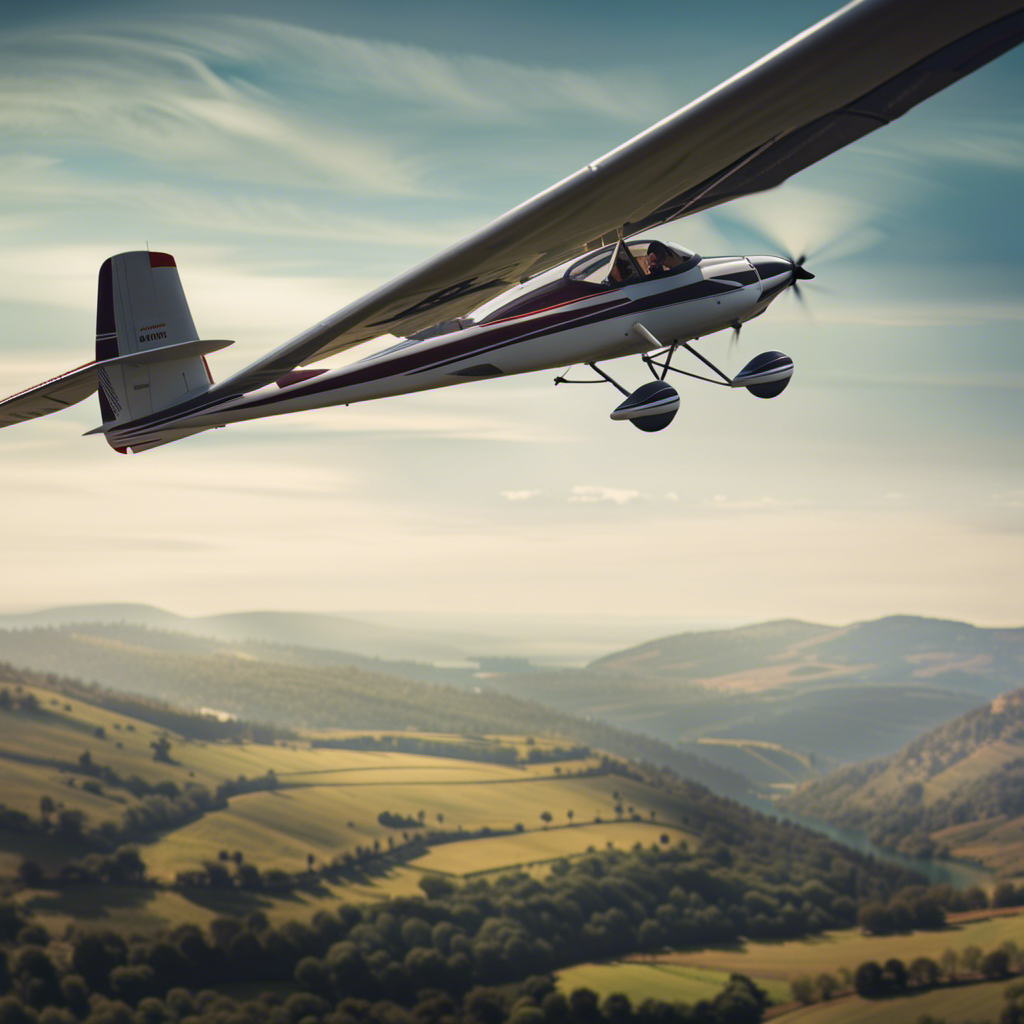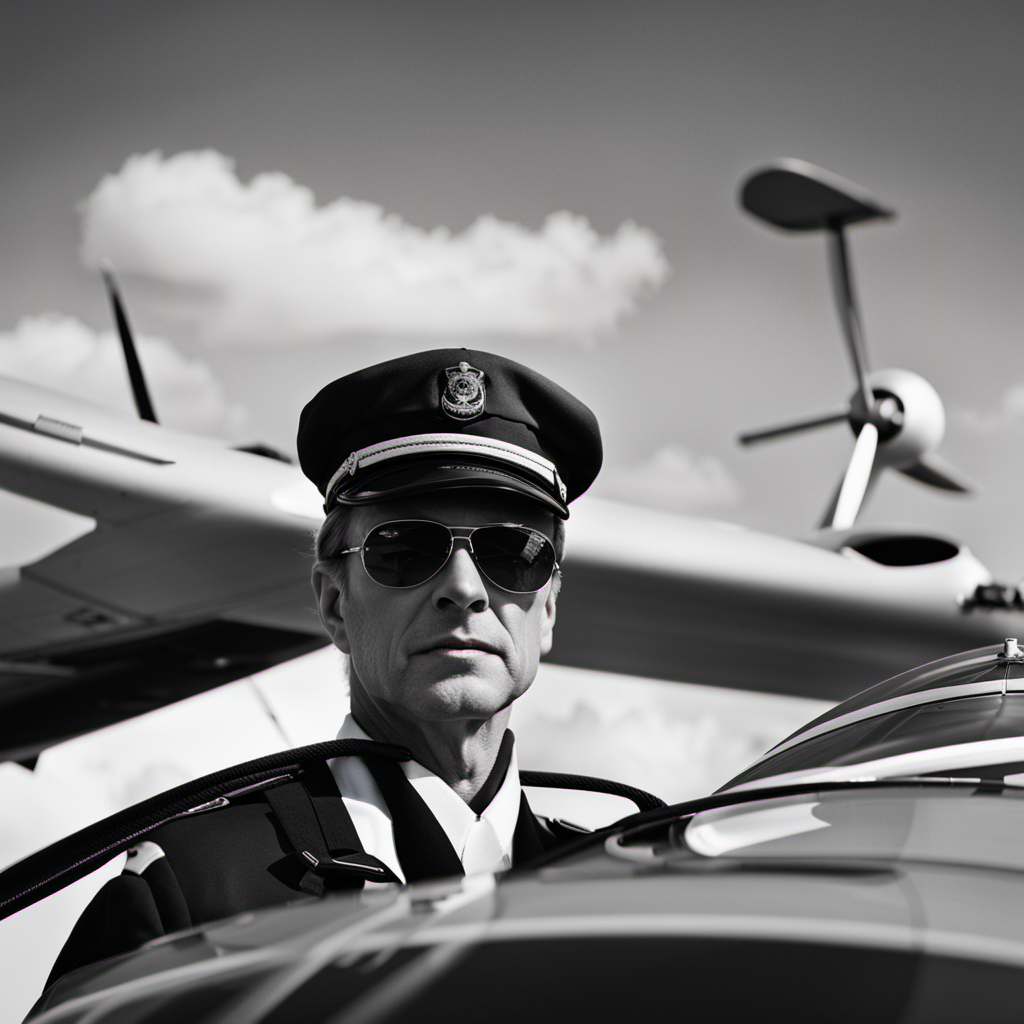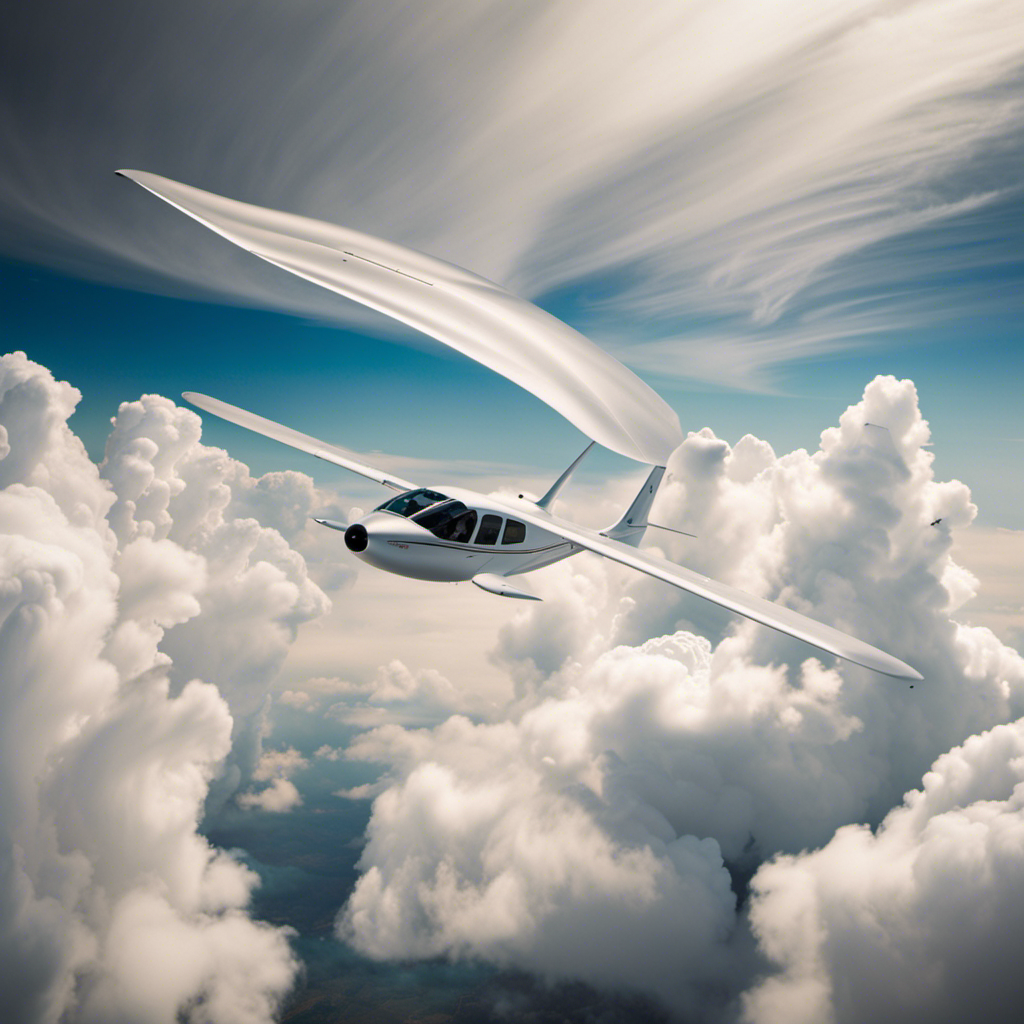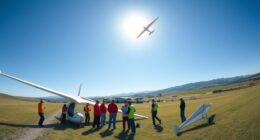Get ready for the ultimate excitement! Strap in for a thrilling adventure as we take off on a sky-high journey, facing off in an epic battle: paragliding versus hang gliding.
These heart-pounding sports will have you feeling like a superhero as you conquer the air with nothing but wind beneath your wings.
Whether you choose the freedom of paragliding or the thrill of hang gliding, get ready to experience pure joy and exhilaration.
So, which will it be? Let’s find out which sport will bring you the most fun!
Key Takeaways
- Both paragliding and hang gliding offer thrilling and exhilarating experiences in the sky.
- Paragliding is more flexible and portable with its inflatable wing and ability to launch from anywhere with a gentle breeze.
- Hang gliding requires a running start or tow and relies on steady wind speeds and clear skies.
- Choosing between paragliding and hang gliding should be based on personal preferences, risk tolerance, physical fitness, training accessibility, and aligning interests and goals.
Introduction to Paragliding and Hang Gliding
If you’re looking for a thrilling adventure in the sky, paragliding and hang gliding are two popular options to consider. Both of these incredible activities allow you to soar through the air and experience the freedom of flight.
Paragliding involves a lightweight, inflatable wing that allows you to glide gracefully through the air, while hang gliding uses a rigid-winged aircraft that you hang beneath. The feeling of being suspended in the sky, with the wind rushing past you, is absolutely exhilarating.
In paragliding, you are able to control the wing using weight shifting and harness controls, allowing for a more intuitive flying experience. Hang gliding, on the other hand, requires more physical strength and skill to manipulate the aircraft.
Now that you have a basic understanding of paragliding and hang gliding, let’s delve into the specifics of paragliding.
The Basics of Paragliding
Learning the basics of paragliding is essential for a safe and enjoyable experience. Here are the key things you need to know:
-
Equipment: Familiarize yourself with the paragliding gear, including the wing, harness, helmet, and reserve parachute.
-
Launching: Learn how to properly lay out and inflate the wing, and understand the different launching techniques such as forward launch and reverse launch.
-
Flying Techniques: Master the art of controlling the wing through weight shifting and brake input. Understand how to maintain altitude, turn, and navigate in varying wind conditions.
-
Landing: Practice landing techniques to ensure a smooth and safe touchdown. Learn how to judge the wind direction and speed for a successful landing.
With these basics under your belt, you’ll be ready to embark on the thrills of paragliding. You can experience the exhilaration of soaring through the sky and feeling the wind beneath your wings.
The Thrills of Hang Gliding
To experience the exhilarating sensation of soaring through the sky and feeling the rush of wind on your face, strap yourself into a hang glider and let the adventure begin. Hang gliding is a heart-pounding activity that allows you to glide like a bird, using nothing but your body and the wind.
As you launch off the ground, you’ll feel a surge of adrenaline, your heart racing with excitement. The view from above is breathtaking, with vast landscapes stretching out before you. You’ll feel the wind against your skin, the sound of it rushing past your ears. It’s a truly immersive experience, as you become one with the glider.
Hang gliding offers a unique sense of freedom and control, as you navigate the air currents and maneuver through the sky.
Now, let’s explore the differences in equipment used for hang gliding and paragliding.
Differences in Equipment
When it comes to hang gliding and paragliding, you’ll notice distinct differences in the equipment used. These differences play a significant role in determining the overall experience and thrill of each sport. Here are three key differences you should know:
-
Structure: Hang gliders have a rigid frame made of aluminum or composite materials. They resemble a large wing, with a harness attached underneath. On the other hand, paragliders have a flexible wing made of lightweight fabric, supported by lines and risers. This gives them a more parachute-like appearance.
-
Launching: Hang gliders require a running start from a hill or a tow from a vehicle. They need a significant amount of space to take off. In contrast, paragliders can launch from almost anywhere, be it a mountain or a flat field. They only need a gentle breeze to inflate their wing and take flight.
-
Portability: Hang gliders are larger and more cumbersome to transport. They often require a roof rack or a trailer for transportation. Paragliders, on the other hand, fold down into a compact backpack that can easily be carried on your back. This makes them more convenient for travel and storage.
Understanding these differences in equipment is crucial when deciding which sport to pursue. However, equally important are the safety considerations that come with hang gliding and paragliding.
Safety Considerations
Understanding the safety considerations is crucial before deciding which sport is right for you. Both paragliding and hang gliding can provide thrilling experiences, but it’s important to prioritize your safety. Let’s take a closer look at the safety considerations for each sport:
| Safety Considerations | Paragliding | Hang Gliding |
|---|---|---|
| Training | Extensive training is necessary to learn proper launch, flight, and landing techniques. | Rigorous training is required to master the skills of launching, controlling, and landing a hang glider. |
| Equipment | Modern paragliders are designed with safety features like reserve parachutes and sturdy harnesses. | Hang gliders are equipped with sturdy frames, harnesses, and safety systems like emergency parachutes. |
| Weather Conditions | Paragliding can be done in a wider range of weather conditions, but wind speed and gusts must be considered. | Hang gliding is more dependent on favorable weather conditions, like steady wind speeds and clear skies. |
| Site Selection | Suitable launch and landing areas are important for paragliding, ensuring safe take-offs and landings. | Hang gliding requires specific launch sites with clear approaches and ample landing areas. |
The Exhilaration of Paragliding
Now that you understand the safety considerations of paragliding, let’s delve into the exhilaration that awaits you when you take to the skies.
Picture this: you’re standing on the edge of a lush green hill, the wind gently tousling your hair as you prepare to launch into the air. With a few quick steps, you feel the parachute inflate above you, lifting you effortlessly off the ground.
The sensation of weightlessness engulfs you as you soar through the sky, the landscape unfolding beneath you like a breathtaking panorama. The thrill of paragliding lies in the freedom it offers, as you navigate the currents of wind, feeling the rush of adrenaline course through your veins.
But this is just the beginning, as we now turn our attention to the excitement of hang gliding, where the adventure reaches new heights.
The Excitement of Hang Gliding
Are you ready to experience the thrill of high-speed flight and the rush of adrenaline pumping through your veins? Hang gliding is an exhilarating sport that will take your breath away as you soar through the sky with the wind in your hair.
Not only will you feel a sense of control and precision as you maneuver the glider, but you will also face challenges that will push your skills to the limit and help you develop as a hang glider pilot.
High-Speed Flight and Adrenaline Rush
If you want an exhilarating high-speed flight and an intense adrenaline rush, hang gliding might be the perfect choice for you. Picture yourself soaring through the sky, feeling the rush of wind on your face as you navigate the open air. The speed and excitement of hang gliding is unmatched, providing an unparalleled sense of freedom and exhilaration. As you glide through the sky, you can witness breathtaking views and experience a true sense of adventure. To compare the thrill of hang gliding with paragliding, let’s take a look at the table below:
| Hang Gliding | Paragliding |
|---|---|
| High speed | Slower speed |
| More intense | More relaxed |
| Requires more skill | Easier to learn |
Hang gliding offers a faster pace and a more intense experience, perfect for adrenaline junkies seeking an unforgettable adventure. Now, let’s delve into the next section, where we explore the sense of control and precision in hang gliding.
Sense of Control and Precision
Imagine yourself in complete control, effortlessly maneuvering through the air with precision and skill while hang gliding.
As you soar high above the ground, you feel a sense of exhilaration and freedom like never before.
With each subtle movement of your body, you can adjust your flight path, banking left or right, climbing or descending.
The feeling of being one with the glider is unmatched, as you rely solely on your own abilities to navigate the open sky.
The wind rushing past your face, the panoramic view of the landscape below, and the sheer joy of defying gravity create an unforgettable experience.
Hang gliding offers a unique opportunity to develop and refine your skills, constantly challenging yourself to improve your technique, judgment, and decision-making abilities.
Challenges and Skill Development
Hang gliding offers a unique opportunity to continuously improve your skills, pushing yourself to overcome challenges and enhance your abilities. It’s not just about the thrill of flying, but also about the personal growth and development that comes with it. Here are four reasons why hang gliding can help you become a better pilot:
-
Continuous Learning: Every flight presents new challenges and opportunities to learn. You’ll constantly be refining your techniques and expanding your knowledge of the sport.
-
Physical and Mental Fitness: Hang gliding requires strength, agility, and mental focus. Regular practice will help you develop these qualities, leading to improved overall fitness.
-
Problem Solving Skills: From assessing weather conditions to making split-second decisions during flight, hang gliding forces you to think on your feet and develop quick problem-solving skills.
-
Self-Confidence: Overcoming challenges and mastering new skills will boost your self-confidence, both on and off the glider.
As you consider the various options available to you in the world of aviation, it’s important to find the sport that best suits your interests and goals. Whether you’re looking for adrenaline-pumping adventures or a more relaxed flying experience, choosing the right sport for you is essential.
Choosing the Right Sport for You
When it comes to choosing the right sport for you, there are a few key points to consider.
First, think about your personal preferences and tolerance for risk. Some people thrive on adrenaline-pumping activities, while others prefer a more laid-back approach.
Second, take into account the physical fitness and strength requirements of the sport. If you’re not in the best shape or have certain limitations, it’s important to choose a sport that aligns with your capabilities.
Lastly, consider the available training and accessible locations for the sport. You want to make sure that you have access to proper instruction and facilities in order to pursue your chosen sport effectively.
Personal Preferences and Tolerance for Risk
If you’re someone who enjoys taking risks and wants a more immersive experience, paragliding might be more fun for you.
Picture this: you’re strapped into a harness, running off the edge of a cliff, and suddenly you’re soaring through the sky like a bird. The feeling of freedom and weightlessness is indescribable.
Unlike hang gliding, where you’re lying prone in a fixed-wing aircraft, paragliding allows you to sit comfortably and have a panoramic view of the world below. The control you have over the wing adds an element of excitement as you steer your way through the air currents.
But before you embark on this adventure, it’s important to consider the physical fitness and strength requirements. Without a doubt, paragliding requires a certain level of fitness to withstand the physical demands of launching, landing, and maneuvering the wing.
Physical Fitness and Strength Requirements
Paragliding requires a certain level of physical fitness and strength to withstand the demands of launching, landing, and maneuvering the wing. When you embark on this thrilling adventure, you’ll quickly realize that it’s not just about the breathtaking views and the rush of adrenaline; it also involves a significant physical component.
The launch requires you to run with the wing on your back, using your leg muscles to generate enough speed to take flight. Landing requires skill and strength to absorb the impact and maintain balance. And while in the air, you’ll need to use your core muscles to control the wing and make precise maneuvers.
So, before you take to the skies, make sure you’re in good physical shape to fully enjoy the exhilarating experience.
Now that you understand the physical demands, let’s explore the available training and accessible locations for paragliding.
Available Training and Accessible Locations
To find the best training options and accessible locations for your paragliding adventure, start by researching local paragliding schools and clubs in your area. These resources will provide you with the knowledge and skills you need to soar through the sky with confidence. Here are some key things to consider during your research:
- Check for reputable paragliding schools that offer certified instructors and comprehensive training programs.
- Look for schools that provide equipment rental or purchase options, ensuring you have access to the necessary gear.
- Consider the location of the schools and clubs, as proximity to your home will make it easier to attend regular training sessions.
- Read reviews or ask for recommendations from experienced paragliders to get insights into the quality of training offered.
- Take into account the cost of training programs and any additional fees associated with certification.
By exploring these options, you’ll be well on your way to embarking on an exciting paragliding journey.
Now, let’s delve into some essential safety tips and best practices to ensure a smooth and enjoyable experience.
Safety Tips and Best Practices
When paragliding, it’s important to always follow safety tips and best practices. Before taking off, make sure to check the weather conditions and wind speed to ensure a safe flight.
Once in the air, maintain a good posture and keep your body relaxed, allowing you to control the glider with ease. It’s crucial to always stay alert and be aware of any potential obstacles or changes in the environment.
Remember to use your safety gear, such as a helmet and harness, and regularly inspect them for any signs of wear and tear. Additionally, undergoing proper training and regularly practicing your skills will greatly enhance your safety and enjoyment while paragliding.
Conclusion: The Ultimate Thrill Awaits!
Now that you have learned about the safety tips and best practices, it’s time to decide which exhilarating activity will give you the ultimate thrill: paragliding or hang gliding.
Both offer unique experiences and breathtaking views that will leave you in awe. Imagine soaring through the sky, feeling the wind rush against your face as you take in the stunning landscapes below.
Picture yourself suspended in the air, effortlessly gliding through clouds and feeling a sense of freedom like never before.
Whether you choose paragliding or hang gliding, you can expect an adrenaline rush like no other. So, are you ready to take the leap and experience the sheer joy of flight? The choice is yours!
Conclusion
So, there you have it – the ultimate thrill awaits!
Whether you choose to soar through the skies with the grace and freedom of paragliding or embrace the adrenaline rush of hang gliding, one thing is for certain: you’re in for an experience like no other.
Feel the wind against your face, the rush of excitement in your veins, and the sheer joy of defying gravity.
It’s time to take flight and embrace the euphoria that awaits you.
So, what are you waiting for? It’s time to spread your wings and let the adventure begin!
